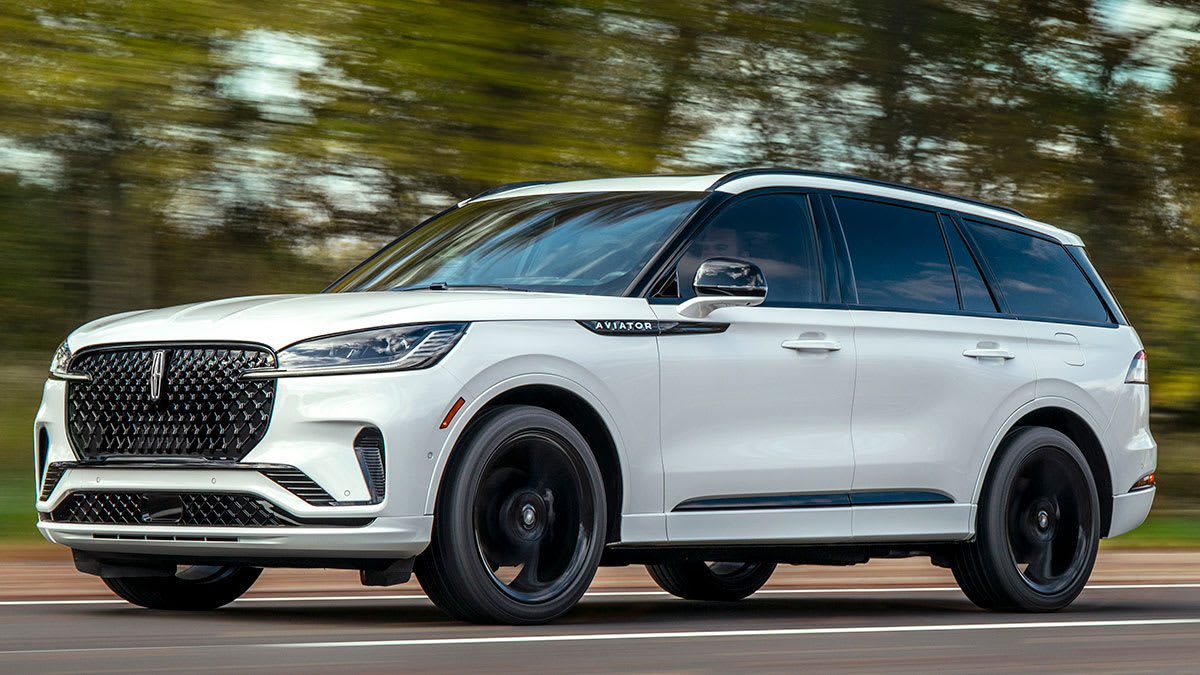How to Test-Drive a New or Used Car

Get a sense of ride comfort. Take any available opportunity to drive over a stretch of imperfect pavement. The better cars have suspensions that swallow up pavement flaws without sharing them with the vehicle’s occupants. They feel tight and controlled over bumps while quickly regaining their composure.
Soft suspensions feel pillowy over holes and ruts but allow the vehicle body to wallow up and down a bit after a large bump. Sporty cars usually have a firm ride, often a trade-off for their better handling characteristics, which can get fatiguing on longer drives. Some cars, especially small ones, have a “busy” ride, which means the body makes constant little jittery motions up and down or side to side. Avoid that if you can.
Evaluate the acceleration. It’s a scary feeling when you need acceleration now to pull out into traffic but the engine feels unwilling—or unable—to deliver. So make sure you try a quick acceleration run from a stop and a rolling merge into fast freeway traffic. You want to be able to maintain highway speeds without flogging the car. If the engine has to scream to get you up to highway speed, look elsewhere.
Strong, dependable acceleration is one part engine power, one part effective transmission. Try climbing a steep hill to note whether the transmission downshifts smoothly and how the engine responds. You shouldn’t feel any clunks or harsh, abrupt shifts. There should be seamless power delivery without any hiccups.
Hit the brakes. During your drive, pay attention to how the brakes feel. Are they responsive without being too touchy? Braking is hard to evaluate thoroughly without professional help, but you can do a basic assessment. Just make sure to find a deserted space and warn the salesperson in advance.
Try to get a sense of how the vehicle responds to soft and more forceful braking. It should be smooth and progressive. Grabby brakes that suck out your eyeballs or brakes that feel as if you’re pushing into a bowl of oatmeal don’t help driver confidence. The brakes on hybrid and electric cars may feel different because they incorporate mechanisms to capture braking energy to charge the battery. We’ve found that they take some time to get used to, so don’t judge too harshly on your first try.
Put steering and handling to the test. Good steering should feel easy and controllable through turns—not so quick that it feels darty and not so slow that it takes a lot of turning to make a maneuver. You should get “feedback” through the steering wheel: A good system will tell you what the wheels are doing on the road. Lesser systems feel numb and disconnected from the wheels.
Try parallel parking and doing a K-turn to evaluate the turning radius. When driving, consider how the car responds to quick maneuvers. Check whether it tracks well when driving straight ahead or whether it requires small, continual corrections. Because the vehicle’s response to quick steering maneuvers is a key factor in avoiding a crash, it’s important to be comfortable with the way your vehicle reacts. Just don’t play race car driver. A test drive isn’t the time to push an unfamiliar vehicle to its handling and braking limits. You can rely on our avoidance maneuver results instead.
Be quiet and listen. At one point during the test drive, turn off the radio and close all the windows so that you can hear what is going on, especially at highway speeds. Is the engine loud during cruising or only when accelerating? Does a hybrid car suddenly get louder when the gas engine kicks in? Is there excessive wind noise? Side mirrors are a big source of wind noise, as are roof rails on SUVs and wagons. Tires can be another source of noise. High-performance tires on cars and off-road tires on SUVs and pickup trucks tend to create the most noise. Though annoying, this noise is often a big part of the ownership experience, and people who gravitate toward these vehicles are usually not bothered by it. But the test drive is a good way to find out your tolerance level.
Check your visibility. This can vary greatly, even among similar vehicles. But you can tell which ones have the best visibility during your back-to-back drives. Don’t forget to check rear visibility when backing up, and the size of the rear blind zone. Backup cameras are just part of the rear-visibility equation. They shouldn’t have to compensate for thick roof pillars and small windows. If you can, try a test drive after dark. This way, you’ll be able to tell how well the headlights perform; which switches, gauges, and controls are lighted for nighttime use; and whether there are any annoying reflections in the windshield.
Don’t fall in love. A new car is likely to overly impress you because it’s better than the one you’re driving now. It’s important to compare it with other new vehicles that interest you rather than with your current car. The more vehicles you test-drive, the better perspective you’ll develop.
Source link











